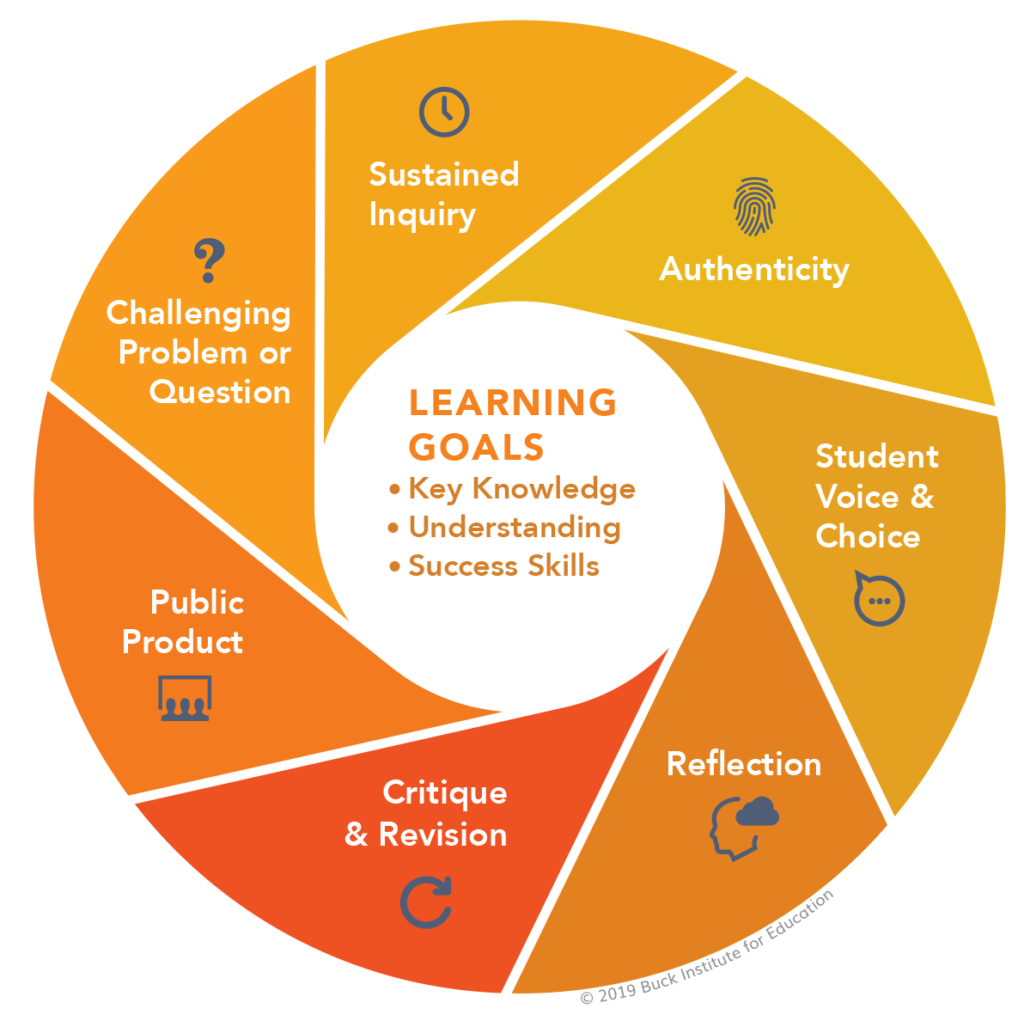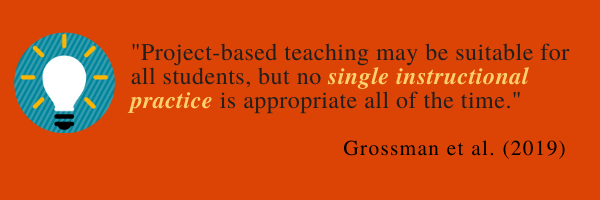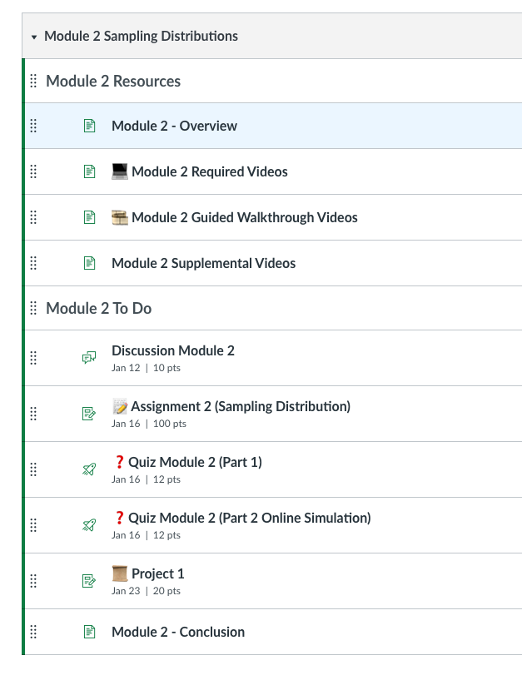Bringing Critical Language Awareness to Instructional Texts and to How You Evaluate Student Writing

Instructional designers spend a lot of time working with words – they’re the raw materials that instructors share with us in the development of their online courses – but it’s often unclear what liberties we should take with instructors’ writing, and, on a related note, how we should coach instructors to assess their students’ writing. If inclusivity and equity are central values in course design, how might that be reflected in the seemingly mundane act of copyediting instructional texts or in setting up an instructor’s rubric to include “standard” grammar as a criterion? When the instructional designer copy edits the instructor’s words, or the instructor assesses a student’s writing proficiency, what raciolinguistic dynamics does that enact? Critical Language Awareness gives us the insight that our “language conventions and language practices are invested with power relations and ideological processes” (Wendt and Apugo), so the work we do with instructors’ and students’ words should be understood in the context of those power relations. What follows is a letter addressed to instructors that I hope will spark conversation on these issues, in the hopes that all the participants in the course – those who design, facilitate, and inhabit the spaces created by these texts – can reach their goals while using their own voices.
How would you like me to approach copy edits and other confusions?
Dear instructor,
Let’s start first with the practical and (seemingly) neutral question of how I handle your instructional texts, as I will read all the course materials you share with me. A common agreement I reach with instructors is to let me correct any obvious typos, misspellings, and punctuation issues, but to require I check with you in all other cases. Sometimes, as a colleague of mine has shared, instructors will ask the instructional designer to leave typos untouched, because they want to model authenticity, vulnerability, and a focus on meaning over surface perfection. This can serve as an invitation to students to let go of the fear and shame associated with making mistakes – so I’d be glad to help you towards this goal, as well, provided your intended meaning is still clear. Keep in mind that Ecampus students have expressed concerns when they notice a pattern of spelling or grammatical errors in a course, citing the typos as evidence of lower-quality, less credible course materials or a lack of instructor presence (McAlvage and Racek). But if you consider the imperfections in your writing to be a feature rather than a bug, you should make that explicit to students; let them know in what ways it’s intended to serve as a model for their own writing or for their overall approach to your course. Typos aside, I will also ask about instructions that you find obvious (and that may be pretty clear to me, too), because I am trying to anticipate all the ways your instructions could be misunderstood by others. So if it seems that I am being a bit obtuse about what something you wrote means, that’s the reason! A related question is on tone – are you open to receiving my feedback in this area? Our instructional design team encourages you to use a welcoming tone; students turn away from instructors when a “punitive” or commanding tone is used in a syllabus by, for example, seeking their support less often (Ishiyama et al. qtd. in Roberts 47). If you agree, I can help you spot those areas that feel less welcoming. For my part, I will strive in my communications with you to adopt a collegial tone, but should you find that is not the case, please let me know.
Now that we’ve thought through some of the practical questions on how I’ll work with your words, I’d like to ask you to reflect more broadly on your relationship to your writing and language use. How did you learn to write in your field, and what experience would you like your students to have with your use of language in your course? What do you expect of your students’ writing, and is it something that your outcomes assess? As you think over your responses to these questions, let me share a bit about my relationship to language and writing and how it affects my work.
Who are you to correct me?
My father used to tell a joke about a guy touring a college campus who stops to ask a student, “Where’s the library at?” and is told in response, “You should never end a sentence with a preposition.” He then rephrases his question, “Where’s the library at, [ jerk ] ?” My father taught writing, after earning his PhD in English literature, and later wrote books, so I grew up believing a command of “good” written English was my genetic inheritance. But now I can see that my mastery of a particular language standard has mostly to do with my immersion in a socioeconomic group whose language practices are privileged through white supremacy. So while the joke shows that correcting other’s language can open you up to counterattack – Who are you to correct me? What makes you right and me wrong? – many will not be empowered to answer back. Nor does this language privilege typically operate on the level of overt interpersonal confrontation, as in the joke – it’s usually invisible – “a product or effect of assessment systems and structures, our [standard operating procedures] in classrooms and other places where language is judged, despite anyone’s intentions, that produce political, cultural, linguistic, and economic dominance for White people” (Inoue 7). Enforcing language standards is an oppressive practice, a way to gatekeep who can succeed and who cannot, and in the case of the joke, who is subject to judgment for the simple act of asking directions to the library.
The joke also gives us the insight that language standards are a self-replicating system of oppression, as each student who is coached to evaluate language in this way internalizes the standards and is then given license to impose them on others. As a result of my own immersion in and sense of “ownership” over standard English (Whiteness as Property), I brought into my instructional design practice a certain unexamined confidence about my ability to critique and correct others’ writing. I wanted to help instructors present instructional texts that were clearer, more succinct, error-free – more like the way I wanted the writing to sound than the way the instructor had written it. I had to stop and ask myself whether that was doing instructors a service or not. For example, in the case that a course shell was designated for a single instructor (and should rightfully showcase their voice), a colleague felt the edited text misrepresented the instructor to their students – there would be a disconnect between the “corrected” writing in the static course shell versus the writing that would appear once the term got underway. My corrections were also potentially an erasure of the instructor’s identity and the imposition of a certain language standard that wasn’t desired.
Where do you see yourself, if at all, in my approaches to correcting others’ writing? And what role would you play in the linguistic power struggle set up by my father’s joke? Are you the guy who asks for directions, the college student who corrects him, a bystander, or perhaps a mediator of some sort? I hope these anecdotes have helped you to reflect on your own positionality and how that shapes your approach to your students’ writing, and, specifically, to its evaluation.
How will you evaluate and respond to your students’ writing?
Before you answer, tell me, does your course devote time to teaching students to write according to a particular standard? Are there specific lectures, learning materials, or learning activities that scaffold how to write in this way? No? Putting aside the issue of how you’ll assess students’ writing given the raciolinguistic considerations, we generally don’t assess students’ skills in areas that aren’t part of the course itself, and we are compelled to align our assessments to show mastery of the stated outcomes of the course (What is alignment within a Quality Matters framework?). If written expression doesn’t appear in your outcomes, should you penalize students when surface features of their writing don’t match your understanding of what is standard?
Another consideration when you assess students’ writing is your own mastery of academic and dominant language standards. Respectfully, I have observed quite a few assignments in which the very instructions exhorting students to polish their writing and produce grammatical, error-free texts themselves contain spelling and grammar errors. I have even seen a grading rubric that spelled grammar as “grammer”! So, I would invite you to think about your own writing and whether you feel comfortable determining your students’ mastery of these language standards. If you do find your approach reflects a perfect or nearly perfect achievement of standard writing, how did you come about that position, and is it legitimate to wield your knowledge of dominant language practices in the way you are planning?
Who is served by your attention to students’ writing, and who is disadvantaged?
You might very well respond that college students and professionals need to write using the dominant standard as a practical necessity, since they will be judged if they do not, and their life prospects will be impacted (in much the way you and your course may be judged if students find a pattern of typos or grammatical idiosyncrasies). This may be true, but we must acknowledge how it puts “the onus on language-minoritized students to mimic the white speaking subject.” Where would you like to focus your attention? On compelling your students to meet a standard, when achievement of that standard will not wholly shield them from discrimination, or on compelling yourself to “imagine and enact alternative, more inclusive realities” (Flores and Rosa 155, 168)?
Rather than positioning yourself as the students’ judge, you might instead be their supporter, connecting them to resources like a writing center that will help them produce more polished writing. You can promote these services in your syllabus, announcements, or, for example, directly alongside an assignment’s grading criteria:
Your final draft should show evidence of having been edited and revised for clarity and organization. Reach out to the Writing Center for an appointment if you would like their feedback on global aspects of your writing or would like coaching on specific areas of grammar and punctuation. If you are a multilingual writer, the center offers Multilingual Support.
Keep in mind that, depending on the approach of the writing center, your students may end up being coached to conform their writing to the dominant standard. If you’ve decided to forgo judging students’ writing on the basis of its surface conformity to these standards, you might make it clear through a rubric which outcome-related knowledge and skills you will instead evaluate for evidence of learning. I acknowledge this is hard work to do, hard work to let go of language standards you may have invested a great deal of time in mastering, and which feel important to your discipline. But it is possible, as I’ve seen in the approach taken by OSU’s gateway English Composition course, WR 121, in which students achieve outcomes related very specifically to writing, while the focus of evaluation is primarily on the time and labor invested in their writing process, rather than on the perfection of their final product.
Turning back towards the work I do with your course, I am challenged by the same raciolinguistic considerations, so, to conclude, I would like to remind both you and me that writing and proofing services are something I can provide – but it’s not required that you make use of them in your course development. In the same way that you probably shouldn’t assess students’ writing if it’s not a part of the stated course learning outcomes, I also shouldn’t attempt to shape the writing and language in your course without your express permission, because this is not a part of my unit’s guiding standards for course design, the Ecampus Essentials and Exemplaries. And, because more broadly, when we focus on the ideal of a standard English, we perpetuate racial hierarchies. You are entitled to your own voice, form of expression, and approaches toward writing (and you might consider how your students have this right, as well).
Thanks for reading this! I hope this has given you an opportunity to reflect critically on some of the language practices that so many of us in higher ed engage in. I look forward to hearing your reactions and coming up with an approach that meets your pedagogical goals while also being concordant with your values.
Finding alternatives
I have raised considerations in this post about how, and if at all, you should assess your students’ writing, without doing much to ideate alternatives, so I’d like to share a few resources. To learn more about how you can create an equitable environment for culturally and linguistically diverse students, read my colleague Nadia Jaramillo’s post, Dimensions for Culturally Responsive Learning Design. For a compelling take on alternatives to grading writing based on a white supremacist standard, which informs the approach of WR 121, read Asao Inoue’s book Labor-Based Grading Contracts. For a quicker read, I also recommend you review the three main approaches to grading the writing of multilingual writers – each with unique benefits and drawbacks – which might help you to clarify your current practice and to be more intentional in the future. Finally, if you, like me, are working to undo many of the lessons you’ve learned and absorbed about dominant writing practices, you might also be interested to read about a related concept – how perfectionism, seemingly a race-neutral value that drives the pursuit of excellence, is instead a feature of white supremacy.
Works Cited
Flores, Nelson, and Jonathan Rosa. “Undoing Appropriateness: Raciolinguistic Ideologies and Language Diversity in Education.” Harvard Educational Review, vol. 85, no. 2, Harvard Graduate School Education, 2015, pp. 149–71.
Inoue, Asao B. Labor-Based Grading Contracts : Building Equity and Inclusion in the Compassionate Writing Classroom. The WAC Clearinghouse, 2019.
McAlvage, Katherine, and Brittni Racek. “How do you approach (if at all) grammar corrections with your instructors?.” Received by Ecampus ID team, 18 May 2022. Slack channel exchange.
Roberts, Maxine. T. (n.d.). CUE Syllabi Review Guide Appendix, Center for Urban Education.
Wendt, Jillian L., Ed, and Apugo, Danielle L., Ed. K-12 STEM Education in Urban Learning Environments. IGI Global, IGI Global, 2019.













